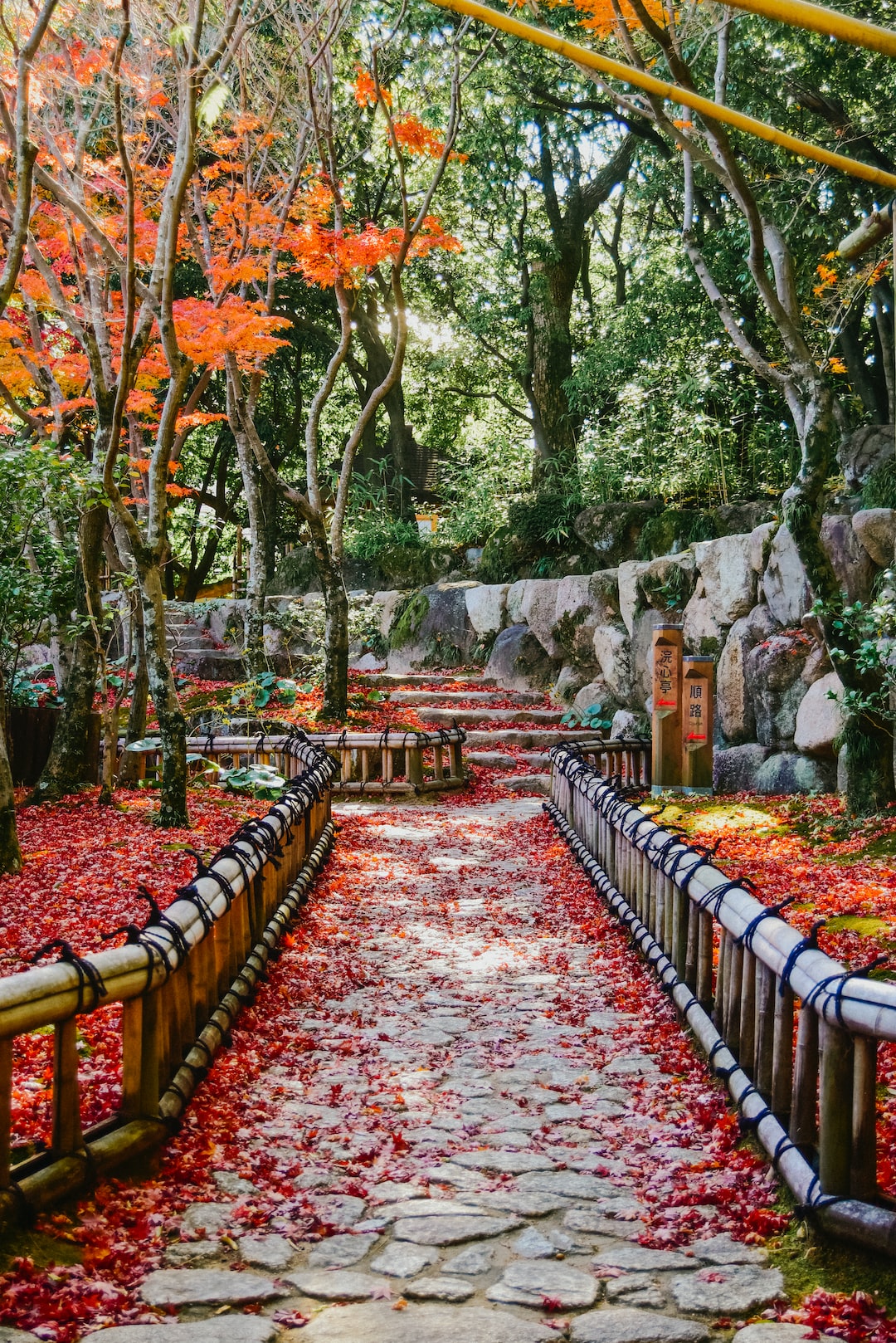Indoor Gardening: How to Bring Nature Inside
In our modern, fast-paced lives, finding peace and tranquility can sometimes feel like a distant dream. As the concrete jungle continues to expand, it’s no wonder that many of us long for a connection with nature. Fortunately, indoor gardening offers a unique opportunity to bring the beauty of the great outdoors into the comfort of our own homes.
Indoor gardening is the practice of cultivating plants within the confines of our living spaces. It not only adds a touch of greenery to our homes but also provides a myriad of benefits for our mental and physical well-being.
One of the primary advantages of indoor gardening is its ability to purify the air. Plants help to filter out pollutants and release oxygen, resulting in cleaner and fresher indoor air quality. Studies have shown that indoor plants can reduce symptoms of respiratory ailments, increase humidity levels, and even lower stress levels. So, if you have been constantly battling allergies or feeling overwhelmed, a few well-placed indoor plants might be just what you need.
Now that you’re convinced of the benefits, let’s explore some tips on how to create your own indoor garden haven:
1. Start with the right plants: Not all plants thrive indoors, so it’s important to choose species that are suitable for indoor conditions. Some great choices include snake plants, spider plants, pothos, and peace lilies. These plants are known for their ability to adapt to various light levels and are relatively low-maintenance, making them perfect for beginners.
2. Consider lighting: While some plants can survive in low light conditions, most require an adequate amount of light to grow and flourish. Position your indoor garden near a window that receives a good amount of natural light. If that’s not possible, you can invest in artificial lighting options, such as grow lights, to provide the necessary light spectrum for optimal plant growth.
3. Proper watering: Overwatering or neglecting to water your plants can lead to their demise. The key is to strike a balance by providing enough water to keep the soil moist but not saturated. It’s important to understand the watering needs of each plant as different species have different requirements. Invest in a moisture meter to accurately measure the moisture level of the soil and prevent any guesswork.
4. Choose the right containers: The choice of container plays a significant role in the success of your indoor garden. Opt for containers with good drainage to prevent waterlogging. Consider the size of the container as well, as some plants thrive in cramped spaces while others need room to spread their roots. Get creative with your containers by using unique options like repurposed mason jars or hanging baskets.
5. Maintenance is key: Just like outdoor plants, indoor plants require regular maintenance. This includes checking for pests, regularly dusting the leaves, and pruning as needed. Remember to feed your plants with appropriate fertilizers to provide the necessary nutrients for growth. Developing a routine and sticking to it will ensure the longevity of your indoor garden.
Indoor gardening is not only a means to bring nature indoors but also serves as a creative outlet and a source of relaxation. The act of nurturing a living organism and witnessing its growth can be incredibly rewarding. So why not turn a corner of your living space into a lush oasis and reap the countless benefits that indoor gardening has to offer? Give it a try, and you may find your sanctuary in the heart of the concrete jungle.


